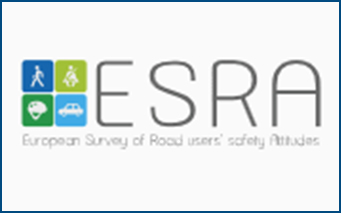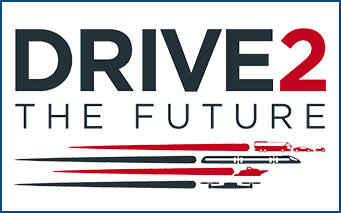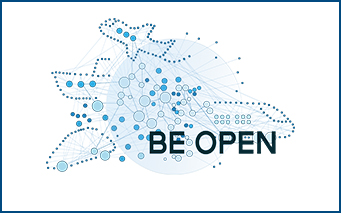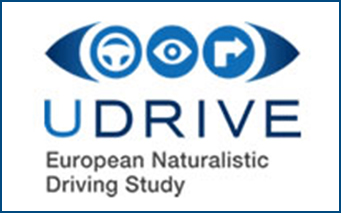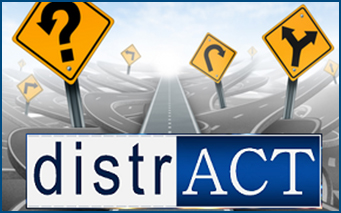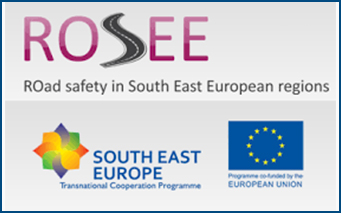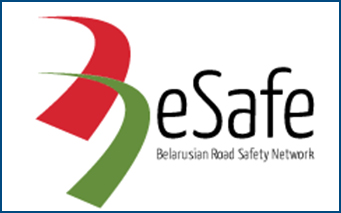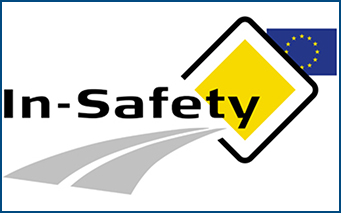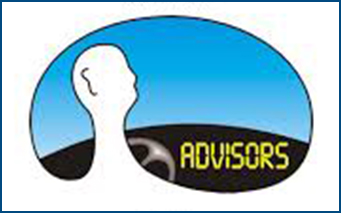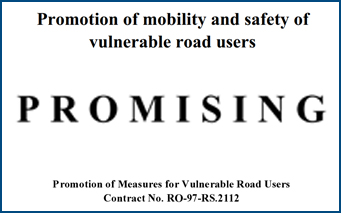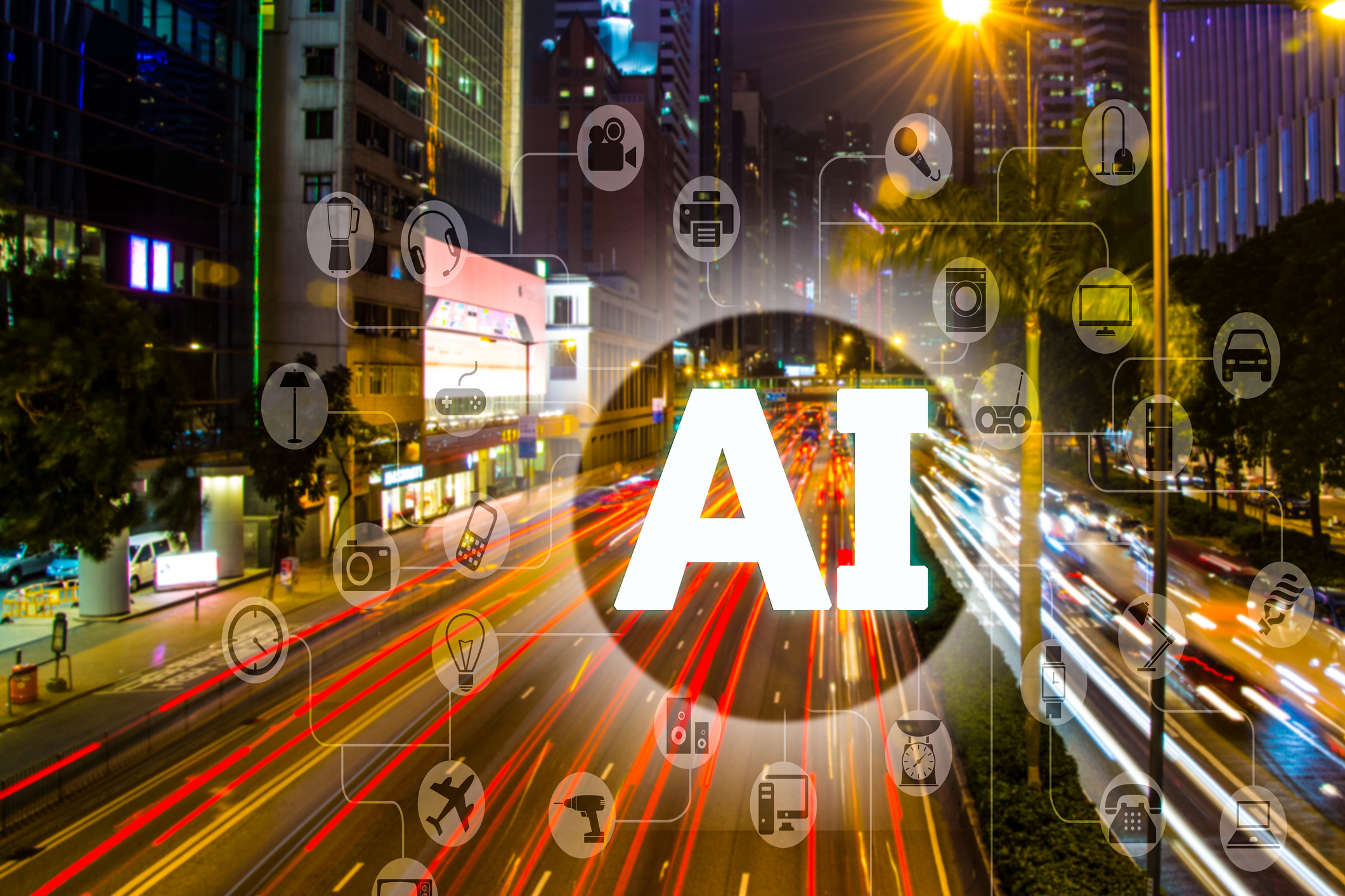
Is Artificial Intelligence the future of road safety?
Artificial Intelligence and Machine Learning techniques are currently used in several road safety related applications, supporting decision making of both the Authorities and the road users and transforming and upgrading significantly the potential for road safety improvement worldwide:
– In vehicle technology, AI algorithms are implemented to exploit computer vision and interpret data provided by RADAR and LIDAR technologies in both traditional and Connected and Automated Vehicles. Today, most car-makers invest seriously in AI.
– In road infrastructure risk prediction, AI applications can transform big data on crash occurrence and road and traffic characteristics from infrastructure sensors into multi-dimension static or dynamic maps of road risk prediction and road star rating. Rotterdam and London are currently among the front-runners.
– In telematics assisted driver behaviour monitoring, AI can exploit big data from vehicles and smartphones to identify risky behaviours like speeding, harsh manoeuvring and distraction and provide customized solutions, including driver behaviour star rating. Fleet safety management and insurance exploit today telematics applications.
A series of highly important opportunities and critical barriers persist today requiring serious effort in order to guide significant changes in road traffic crash prevention and boost road safety globally. An holistic approach is needed tackling all three key areas: Capacity, Knowledge and Governance.
Firstly, the Digital era is bringing today a tremendous higher new Capacity of Big Data, which can be exploited to support road safety. This big data capacity requires serious effort by both Data and Traditional Industries, in order to be properly transformed into useful road safety analysis tools and targeted and efficient solutions, which were impossible in the past. On that purpose, specific data contents and data flow restructuring and adjustments are needed, transforming road safety data from bi-product to core activity.
Secondly, Artificial Intelligence brings a high potential for significant upgrade of Knowledge on road risk, with more accurate information on crash characteristics and the related causalities exploiting new and detailed data on risk exposure and Key Performance Indicators of the road users, the vehicles and the infrastructure. Researchers and Scientists have a key role to evolve towards highly multi-disciplinary approaches combining data, technology and road safety expertise, together with appropriate integration skills to ensure seamless and holistic approaches from data driven problem identification to customized and dynamic highly efficient solutions.
Thirdly, the full exploitation of Artificial Intelligence potential requires appropriate Governance adaptations by both the Industry and the Authorities.
– The Industry should exploit and develop new and innovative business models brought by the continuously growing big data available, but also be ready for key cooperations, especially between data, vehicle, road and insurance industries, and to upgrade the road safety sector with high profits for the industry, the society and the economy.
– Pubic Authorities should exploit the opportunities and facilitate AI road safety applications, by protecting society values, like private data, open data and fair competition on one hand but also supporting change with new rules ensuring the necessary efficiency and flexibility.
Artificial Intelligence is the future of road safety. Coordinated efforts at national and international level, to upgrade capacity, knowledge and governance by the Industry, the Researchers and the Public Authorities can bring highly efficient solutions for safer drivers, safer vehicles and safer roads, making Artificial Intelligence as the catalyst for achieving vision zero road fatalities by 2050.
Contribution at the Round Table of the International Transport Forum on Artificial Intelligence in Road Traffic Crash Prevention, February 2021 ![]()


































































